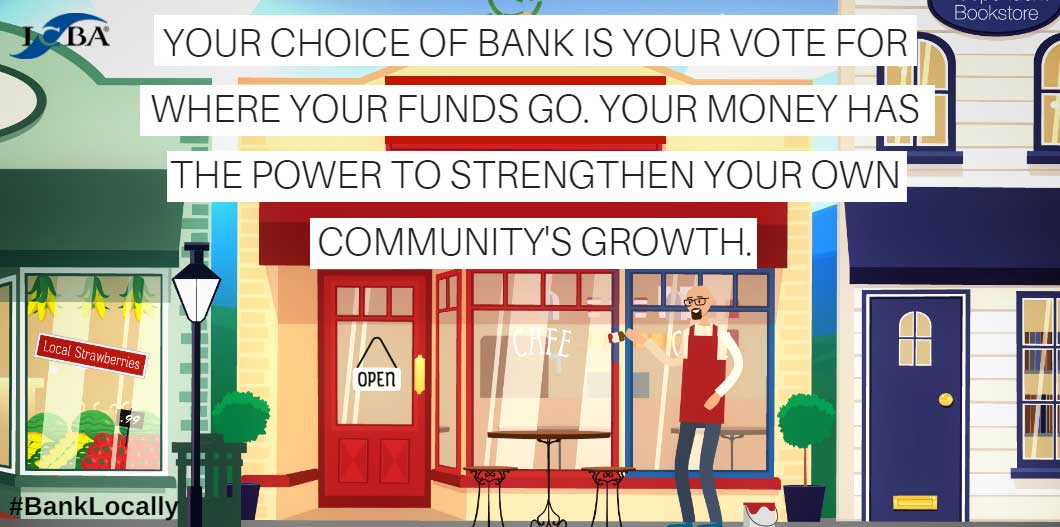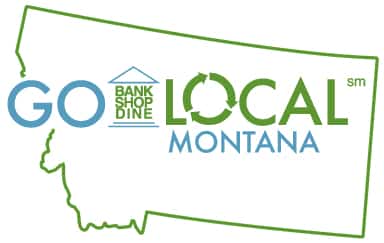Community Bank
By definition, community (or “independent”) banks are locally owned,
often by multiple generations of the same family, just like many other
local businesses.
The MIB Association
What is a Community Bank?

It has been more than 58 years since a small group of Montana-based community bankers gathered to create the Montana Independent Bankers (MIB). Much has changed since those days back in the turbulent 1960s.
Spurred by a technological revolution, an ever-diversifying state economy, and steady population growth, Montana’s banking industry is radically different – and far more robust – than it was just a generation ago. As a result, Montana in the 21st century is a far different place to live and work than it was when the MIB was founded.
Montana’s community bankers have been among the leaders in shaping our state’s present and future economy. By using innovative business strategies, we have helped bring growth and prosperity to our communities while strengthening the financial health of our state’s community banks. For example, in response to the growing use of ATMs, in the early 1980s, the MIB created the CashCard Network. In 2016, MIB endowed the community banking program offered through the Jabs College at Montana State University.
Community Bankers of Montana, Inc., MIB’s for-profit subsidiary, has spawned a variety of similar successful ventures. All add value to members’ communities and make the association an integral force in Montana’s network of financial institutions.
But, while much has changed since 1967, much, too, has stayed the same. MIB’s member community banks continue to serve as the financial cornerstone of their communities, a powerful force for both growth and stability.
And MIB members continue to be guided by the mission and vision that brought the association’s founders together over 50 years ago. That mission is to create and promote a regulatory and business environment where Montana community-based banks can flourish and, in turn, provide high-quality products and services to their customers.
Contact Us



The MIB Association
Community Bank Presence in Montana.
Number of Community Banks Operating: 47
Community Bank Share of Operating Banks: 94.0%
Community Bank Branches: 325
Community Bank Share of Bank Branches: 87.4%
Community Banks Headquartered in State: 39
Assets of Community Banks Headquartered in State: $76,824,114,000
Full Time Employees: 9,725
Community Bank Share of Deposits at Bank Branches: 81.4%
Total Deposits Held at Community Bank Branches: $30,304,964,000
The MIB Association
Why Choose Community Banks?
As the Independent Community Bankers of America (ICBA) notes, with community banks you can expect:
Relationship-based Service
Community-Supporting Deposits.
Expertise.
Local Decision-Making.
Trust You Can Depend On
Community banks offer relationships you can bank on for years to come. Because many community banks have been around for over 100 years and are often family-owned and -operated, you’ll know that the financial needs of you and your family are being met by local residents running the financial institution that has your best interest in mind. They wouldn’t be in business if they didn’t.
Civic Loyalty.
The MIB Association
Which Banks in Montana are Community Banks?

Montana has approximately 39 community banks, 29 of which are members of the Montana Independent Bankers Association (MIB). MIB provides benefits and services to these often small banks, and is unique in requiring that our member banks be owned and operated by Montanans. We encourage you to consider investing back into your community by banking locally one of our Montana member
